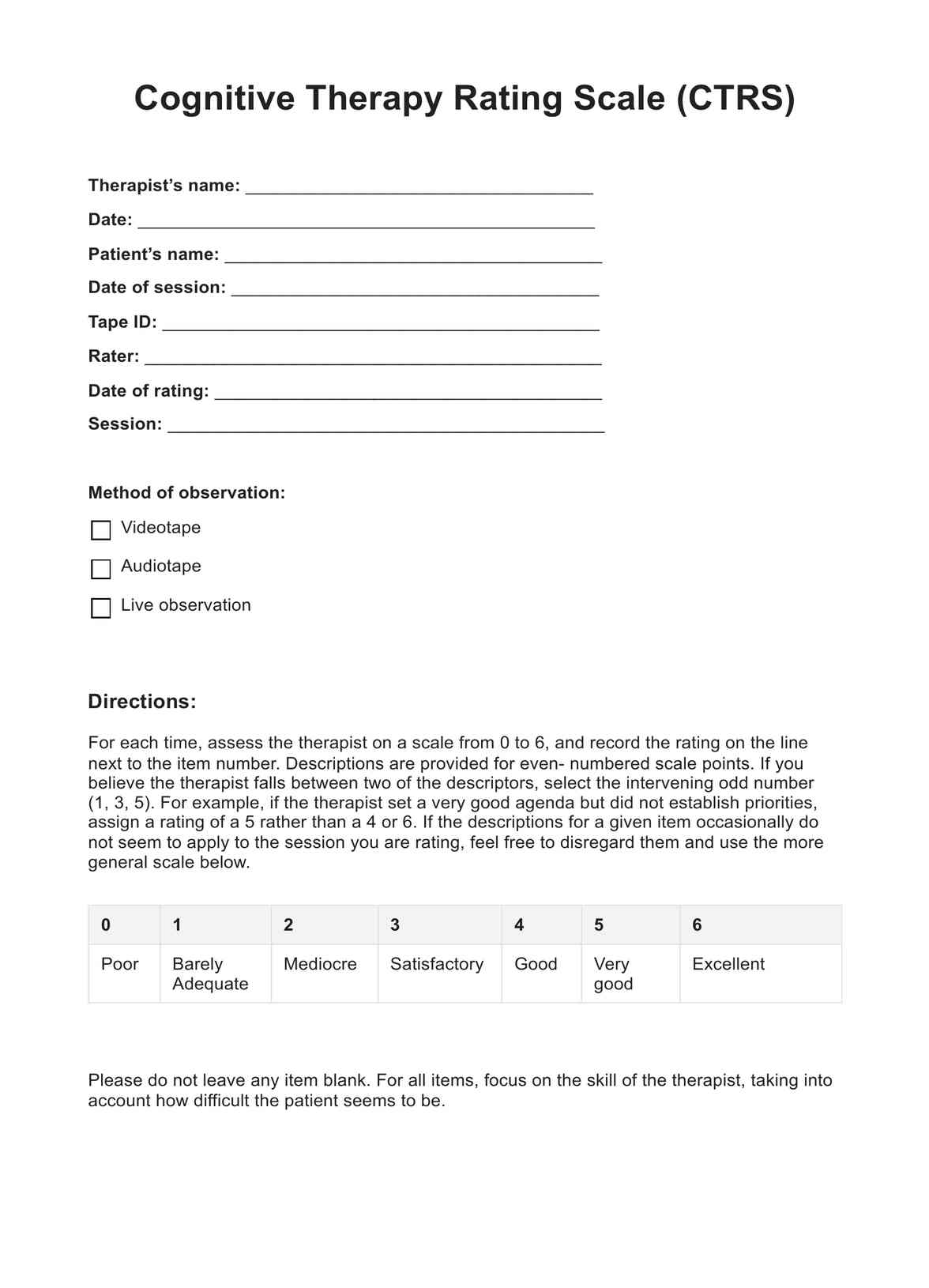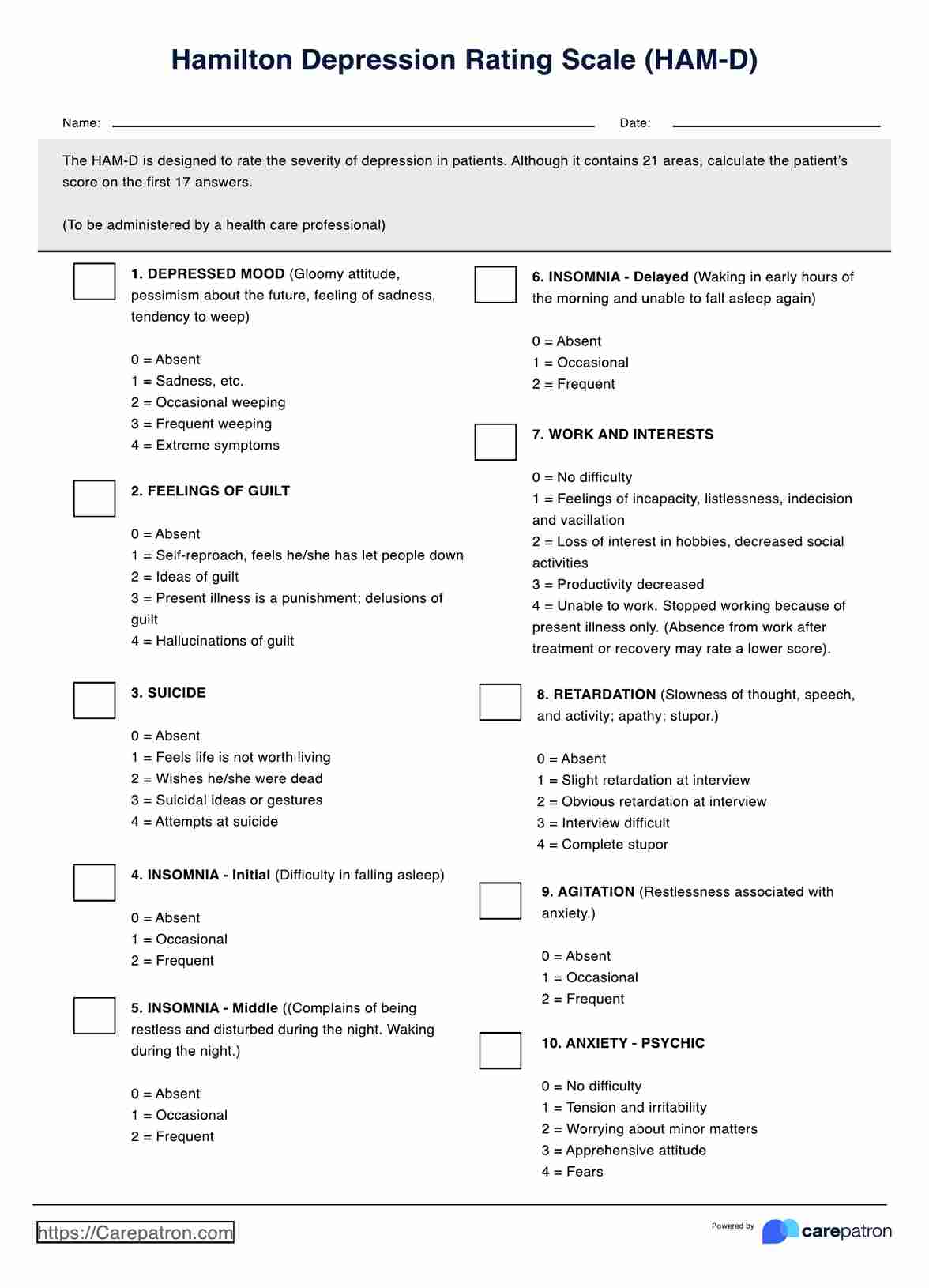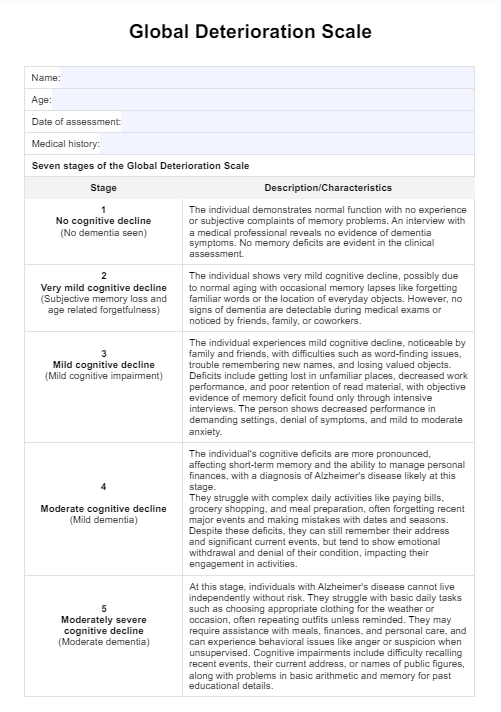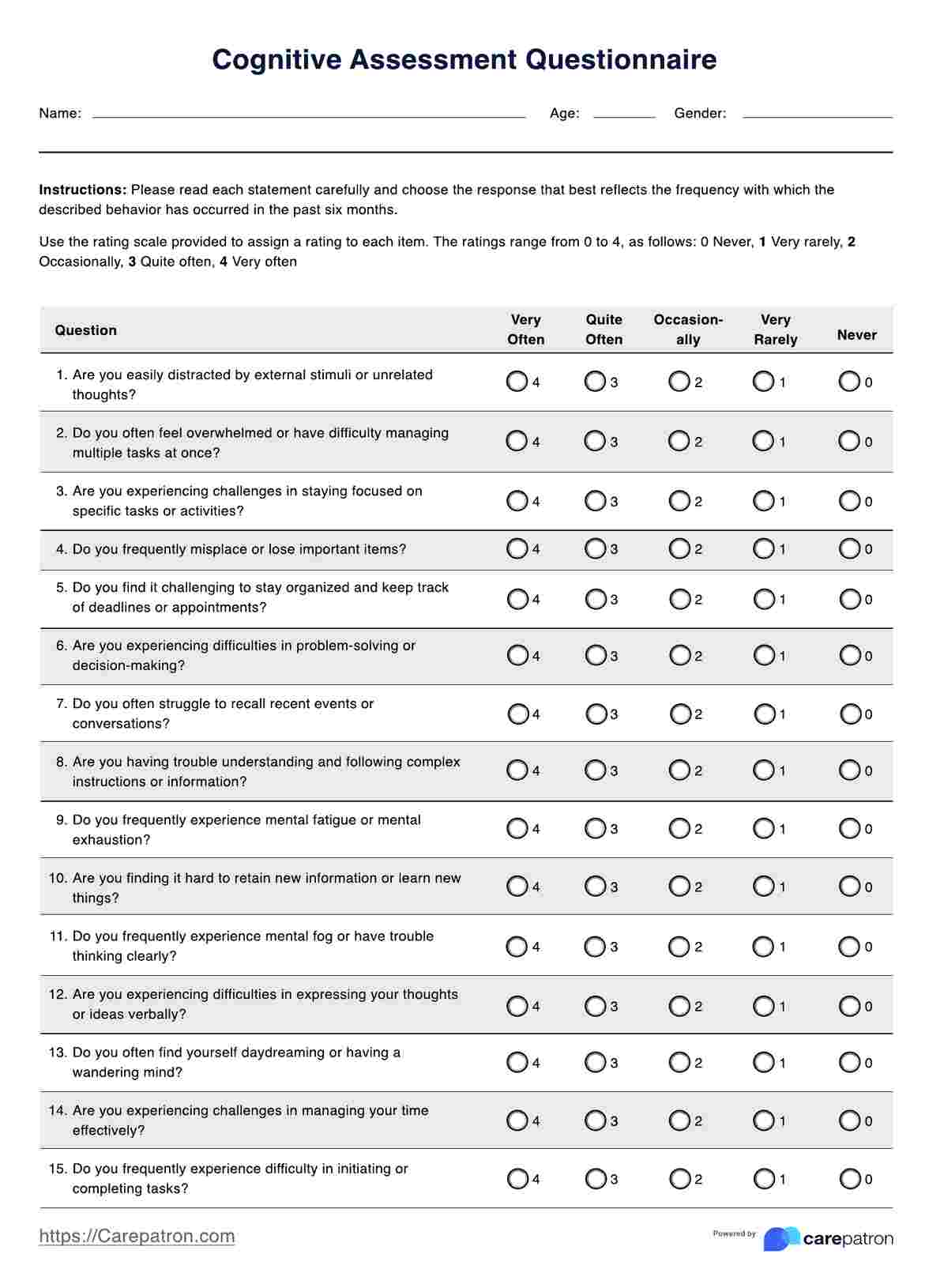Articulation Test
Explore our Articulation Test for identifying and treating speech sound disorders, enhancing communication skills, and boosting confidence.


What is articulation?
Articulation refers to the clear and precise production of speech sounds. It involves the coordinated movements of the lips, tongue, teeth, palate, and respiratory system to produce the sounds that form words. Good Articulation is essential for effective communication, as it allows individuals to express their thoughts and needs clearly to others.
Articulation is a skill that develops from infancy through childhood, with most children mastering the sounds of their native language by age eight. However, the development of articulation skills can vary widely among individuals and can be influenced by various factors, including physical, psychological testing, neurological, and environmental conditions.
Benefits
Good Articulation offers numerous benefits that extend beyond the basic ability to communicate. These include:
- Enhanced communication effectiveness: Clear speech ensures that the speaker’s message is understood by the listener, reducing the likelihood of miscommunication and fostering better interpersonal relationships.
- Improved academic and professional outcomes: Good articulation skills are closely linked with academic success and are highly valued professionally. They contribute to better performance in reading, writing, and public speaking, essential skills in many educational and career paths.
- Increased confidence: Individuals who articulate well tend to be more confident in social situations. This confidence can lead to more positive social interactions and opportunities for leadership.
- Better listening skills: Good Articulation often reflects and encourages better listening skills. As individuals become more aware of how they produce sounds, they also become better at decoding and understanding the speech of others.
Conditions that impact articulation and speech sounds
Several conditions can affect a person’s ability to articulate words clearly. These conditions may be present from birth or develop later in life. They include:
- Speech sound disorders: These include articulation disorders, where particular speech sounds are consistently mispronounced, and phonological disorders, where patterns of sound errors are made.
- Hearing loss: Even mild hearing impairment can affect a child’s ability to hear and reproduce the sounds of their language, impacting their articulation skills.
- Cleft palate or lip: These congenital disabilities affect the mouth’s structure and can significantly interfere with a child’s ability to produce speech sounds correctly.
- Neurological conditions: Conditions such as cerebral palsy, traumatic brain injury, and stroke can affect the muscles and nerves used in speech, leading to difficulties with Articulation.
- Developmental disorders: Autism spectrum disorder, developmental delays, and other such conditions can also impact speech and language development, including articulation skills.
Articulation Test Template
Articulation Test Example
What is an Articulation Test?
An Articulation Test is a specialized assessment used by speech-language pathologists (SLPs) to evaluate a person’s ability to pronounce speech sounds correctly, including typically developing children and those with potential speech sound disorders. These tests are designed to identify, describe, and quantify errors in speech sound production.
This Articulation Test Center Hive (ATC Hive), made by Little Bee Speech (2023), is a specialized tool for assessing speech sound production in children. It is designed to identify, describe, and quantify articulation errors across all English-language phonemes, including assessing these sounds in various word positions—initial, medial, and final. It can effectively pinpoint specific difficulties a child might have with speech sound production, making it a valuable resource for diagnostic and therapeutic planning.
The test evaluates individual phonemes and incorporates contextual testing by including words and sentences that require the child to produce sounds in different combinations and contexts. This feature is crucial for understanding how well a child can articulate sounds in more natural speech settings versus isolated words.
How do conductors interpret results?
When interpreting the results of an articulation test such as the one provided by Little Bee Speech, SLPs engage in a systematic process to thoroughly assess the speech sound capabilities of their clients. This particular test focuses on the detailed evaluation of consonant and vowel sound production across different word positions and contexts. Here’s how SLPs approach this task with the Little Bee Speech Articulation Test:
Identifying types of errors
Identifying different types of errors can help therapists tailor their interventions to address each specific issue effectively. Here are the primary types of articulation errors:
- Substitutions: When one sound is replaced by another sound (e.g., “wabbit” for “rabbit”).
- Omissions: When a sound is left out of a word (e.g., “nake” for “snake”).
- Distortions: When a sound is altered but somewhat recognizable (e.g., a lisped “s”).
- Additions: When an extra sound is inserted into a word.
Analyzing error patterns
Analyzing the patterns of speech errors is equally important as identifying them. This analysis allows SLPs to develop a more structured approach to therapy, focusing on the underlying trends contributing to speech difficulties. Here’s how these patterns are typically analyzed:
- Consistency: Whether errors occur consistently in the same phonetic context.
- Positional effects: Errors are specific to the position of the sound in the word (initial, medial, or final).
- Types of sounds affected: Identifying if particular sounds (like fricatives, stops, or liquids) are more prone to errors.
Determining severity
The SLP evaluates how articulation errors affect the overall clarity and effectiveness of communication. Depending on the quantity and nature of these errors and their effect on clarity, the severity is classified as mild, moderate, severe, or profound.
Evaluating intelligibility
Intelligibility refers to how understandable the speech is to an unfamiliar listener. This can be affected by the frequency and types of articulation errors in connected speech.
Considering developmental appropriateness
Some articulation errors are typical in young children and may be considered developmentally appropriate until a certain age. The SLP compares the child’s speech patterns to typical developmental milestones.
How does our Articulation Test template work?
The Articulation Test by Little Bee Speech provides a structured framework to evaluate an individual's articulation and phonology abilities. The template focuses on capturing the production of consonant and vowel sounds in various word positions—initial, medial, and final.
This helps identify specific patterns of speech sound errors, such as substitutions, omissions, and distortions, which are crucial for understanding the underlying issues in speech development. Here’s how the Articulation Test works:
1. Assessment preparation and execution
The evaluator administers the articulation test by having the individual attempt to pronounce a carefully selected list of words. These words are chosen to include various consonant sounds of interest in their initial, medial, and final positions within words.
2. Recording errors
As the individual pronounces each word, the evaluator listens for errors in sound production. These errors can include substitutions (e.g., “wabbit” for “rabbit”), omissions (e.g., “nake” for “snake”), distortions (e.g., lateral lisp), and other various phonological processing processes like fronting, stopping, gliding, assimilation, and backing.
3. Filling the error analysis table
For each identified error, the evaluator fills in the error analysis table. This further assessment data involves noting the type of error or phonological process observed, providing examples from the test, estimating the age by which such errors should typically be resolved, and calculating the percentage of each error type based on the total number of errors observed.
4. Interpretation of results
The evaluator uses the table to interpret the results, determining whether the observed speech patterns are age-appropriate or indicate a delay or disorder. This interpretation considers the developmental norms for when specific phonological processes should be eliminated and the severity of the articulation issue based on the frequency of errors.
5. Additional notes
Beyond the structured analysis provided by raw scores used by the table, the evaluator can also record any additional notes that offer further context or detail about the individual’s performance. This might include observations about the individual’s behavior, strategies that improved Articulation, or environmental factors affecting the test.
Benefits of taking/conducting this test
Taking or conducting an articulation test offers several significant benefits for patients undergoing the test. Here are some of the key advantages:
- Early detection of speech issues: The test can identify speech sound disorders early, allowing for timely intervention. Early therapy can lead to more effective outcomes and prevent the development of related issues, such as reading difficulties or social challenges.
- Tailored intervention plans: The detailed results enable SLPs to create customized therapy plans that address the specific needs of the individual, leading to more effective treatment.
- Improved communication skills: By identifying and addressing articulation issues, the test paves the way for improved speech clarity and intelligibility, enhancing the individual’s ability to communicate effectively.
- Increased self-confidence: As individuals experience improvements in their speech, their confidence in social and academic settings can significantly increase, positively impacting their overall quality of life.
- Awareness and understanding: The test results provide individuals and their families with better knowledge of their speech abilities and challenges, fostering a proactive approach to management and improvement.
Reference
Little Bee Speech. (2023, November 1). Articulation Test Center Hive for iPad, iPhone & Mac. Little Bee Speech; Little Bee Speech. Articulation Test Center Hive for iPad, iPhone & Mac
Commonly asked questions
Articulation disorders involve difficulties in making specific sounds correctly, such as distortions or substitutions of consonants. In contrast, phonological disorders are characterized by patterns of sound errors that affect entire categories of speech sound disorder, sounds, or the rules of speech sound use.
Parents can improve their children’s articulation skills by reading together, practicing sounds fun and engaging, and providing positive feedback for their efforts and progress.
Most children outgrow articulation errors by age seven or eight, but this can vary based on the individual child and the nature of the speech disorder.


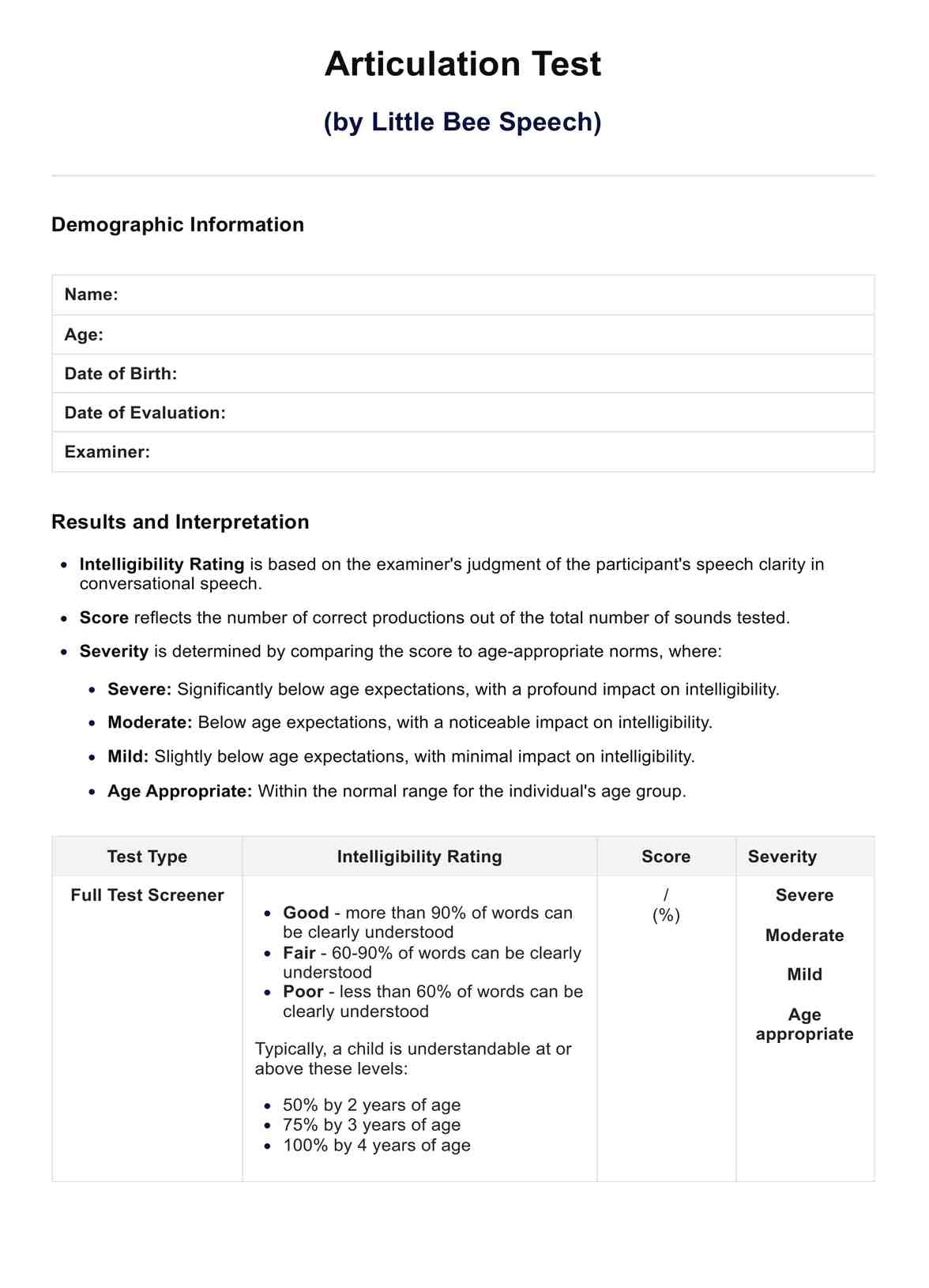
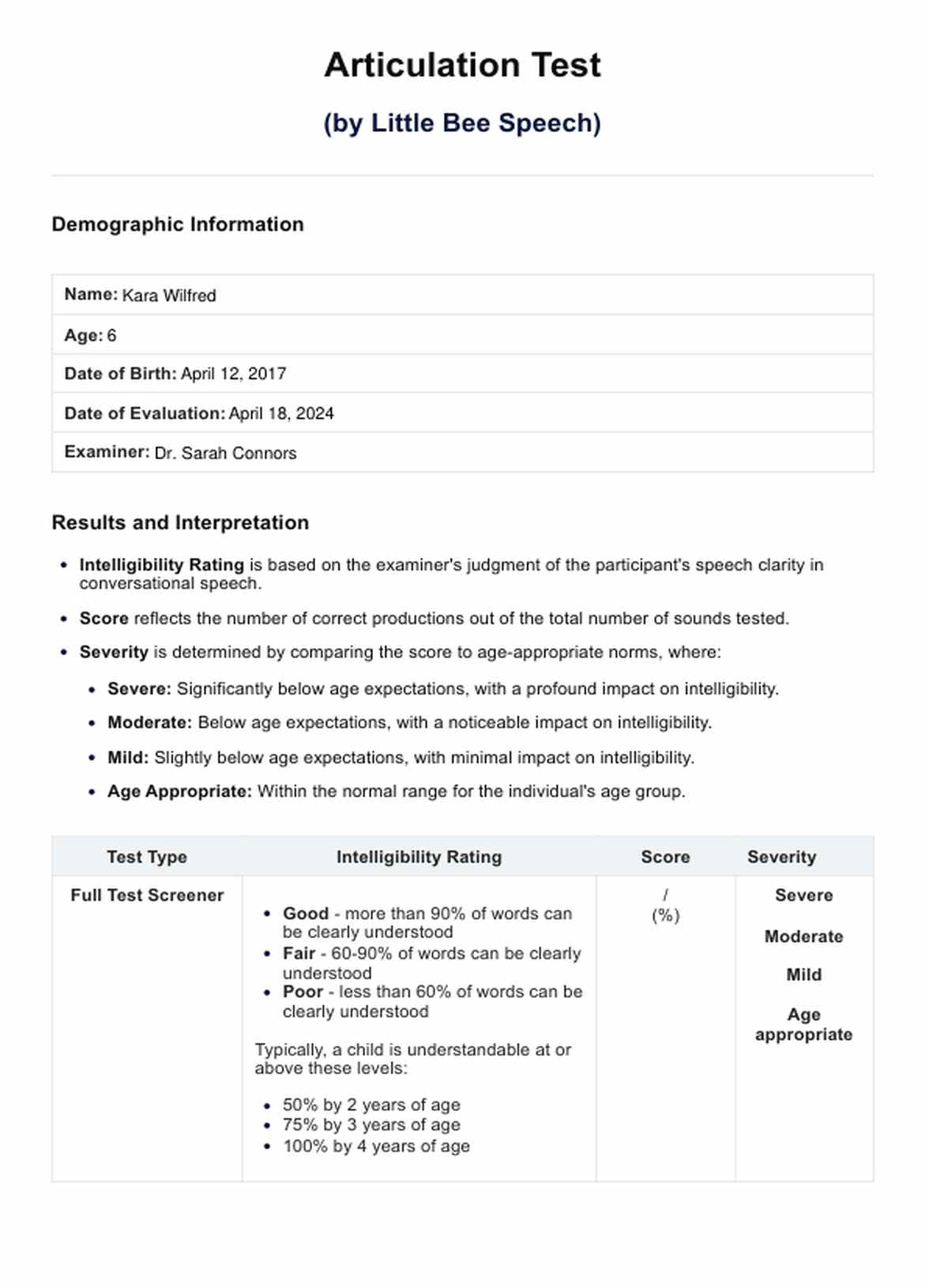

















-template.jpg)

























































































